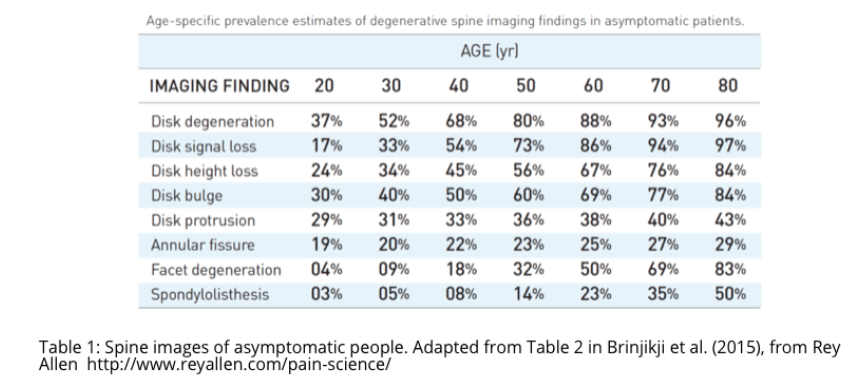nalco group
bone, muscle & joint pain physio
BOOK NOW / WHATSAPP ABOUT YOUR PAIN OR INJURY
- ORCHARD 400 Orchard Road #12-12 Singapore 238875
- TAMPINES 9 Tampines Grande #01-20 Singapore 528735
- SERANGOON 265 Serangoon Central Drive #04-269 Singapore 550265
Pain In The Neck And Physiotherapy
Oftentimes the most common source of pain comes from the neck due to static posture and movement faults.
Red Flags
There are times when we need to worry about the pain and there are times when we need to take that chill pill and not.
Seek immediate medical help if there was trauma (fall, motor vehicle accident, sports injury), as concussion has to be ruled out (signs of concussion: headache, neck rigidity, nausea, sleepiness and dilated eyes).
When there are other reasons to seek help is when:
- It has been more than 6 months of pain.
- It is getting worse rather than better over time.
- Pain, numbness, tingling or weakness is traveling from neck to shoulder(or down arm).
- Severe headaches
- Weight loss without trying to lose weight.
- Episodes of giddiness or nausea
(Brinjikji et al., 2015)
Imaging
Having a MRI or X-ray reading stating there are degenerative changes is NOT a worrisome sign as it is the “wear and tear” of aging. Many people with positive signs of degenerative changes in the spine show absolutely no symptoms of pain.
Signs of degenerative changes via imaging are never diagnostic on its own; a holistic screening involving history taking, pattern of pain, and special tests are done to understand the root of the pain.
Why do some people feel pain while other do not when imaging findings show the wear and tears? Each individual will perceive pain differently as pain is interpreted by the brain, it’s all in our head (see Pain article).
Crack, Snap, Pop
Often times there is cracking noise that comes from your spine and that noise is simply called “crepitus” (the popping, snapping, or grinding sound that goes with movement). Crepitus occurs in any moving joint in the body where lubrication from synovial fluid (the grease for our joints) goes through pressure changes and/or the ligaments or tendon is moving between the bones.
Medical literature states that frequent “cracking” of the neck done by individuals out of habit does NOT cause any increase in wear and tear changes.
For each crack, it takes another 20 minutes for the next crack to occur due to the pressure changes that take place (Unsworth, 1971 & Kawchuk, 2017).
When crepitus is accompanied with pain or loss of range of motion, this can present a problem that should be helped by physiotherapy. Most problems of the neck arise over time but also can be accelerated with whiplash or trauma.
Some musculoskeletal issues with the neck that can cause pain can be attributed to disc bulges that push on nerve root of the spinal cord, bone spurs that grow and impinge the nerve. Neck pain can start suddenly or can grow worse over weeks, months or accumulation over years due to poor movement patterns.
neck pain...when to See Physio?
If you have neck pain...when should you see a physiotherapist to treat it?
- Neck pain interferes with sleep or daily activities
- Pain or numbness going down arm (if pain is coming from a bulging disc or nerve irritation, the body has a “highway” system in how the pain travels depending on where the irritation is occurring)

Most of neck pain is due to:
- Sleeping in wrong position or having a poor pillow. Proper pillows are hard to come by and that is why custom made pillows are a must and allows proper posture of the neck while at rest.
- Poor movement whether work or home related activties of computer use, text neck with phone use, commuting to work, gardening and more activities that require holding the head in a prolonged static position.
- Repeated loading such as dancing or swimming with head turns that can strain muscles and tendons.
- Motor vehicle accident causing whiplash where the head and neck is suddenly forced in forward and backward motion with force.
- Disc herniations that bulge and hit nerve roots (see diagram of neck pain that can cause pain to move into shoulder and hands).
- Neck osteoarthritis that wears down neck bone cartilage preventing smooth movement and causing bone spurs to form that may impinge on neck nerve roots.
- Neck foraminal stenosis occurs when the holes which the nerve roots branch off is narrowed and hence can cause pain in the nerves traveling through.
(Yang, 2015)
Physiotherapy for neck pain
Goals are to improve pain-free range of motion and return to daily activities.
Modification of stress, lifestyle and habits such as smoking that can contribute to pain will be discussed. Hands-on treatment is a must to reduce pain and proper exercise prescription as well as ergonomic advice is given.
Expect a few sessions to occur for the first weeks when there is a significant amount of pain.
Management of the pain is foremost before restoration of proper movement
References
About the Book: Do You Really Need Back Surgery? (n.d.). Retrieved from http://www.backpain-guide.com/AboutBook.html
Brinjikji W, Luetmer PH, Comstock B, Bresnahan BW, Chen LE, Deyo RA, Halabi S, Turner JA, Avins AL, James K, Wald JT, Kallmes DF, Jarvik JG.
Systematic Literature Review of Imaging Features of Spinal Degeneration in Asymptomatic Populations. AJNR Am J Neuroradiol. 2015 Apr;36(4):811–6. PubMed #25430861
Kawchuk GN, Fryer J, Jaremko JL, Zeng H, Rowe L, Thompson R. Real-Time Visualization of Joint Cavitation. PLoS ONE. 2015;10(4): e0119470. doi:10.1371/journal.pone.0119470
Unsworth A, Dowson D, Wright V. ‘Cracking joints’ A bioengineering study of cavitation in the metacarpophalangeal joint. Ann Rheum Dis. 1971;30: 348-358.
Yang, Haiou PhD; Haldeman, Scott DC, MD, PhD; Nakata, Akinori PhD; Choi, BongKyoo ScD, MPH; Delp, Linda PhD, MPH; Baker, Dean MD, MPH. Work-related risk factors for neck pain in the US working population. Spine. 2015. 40(3):184-192.

